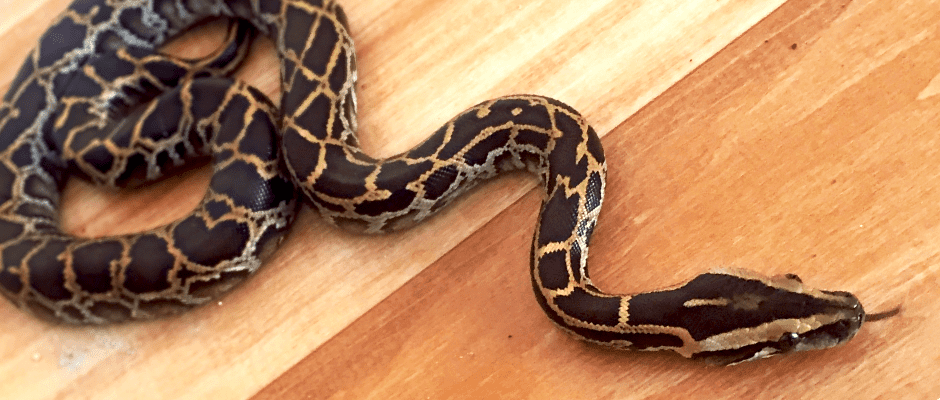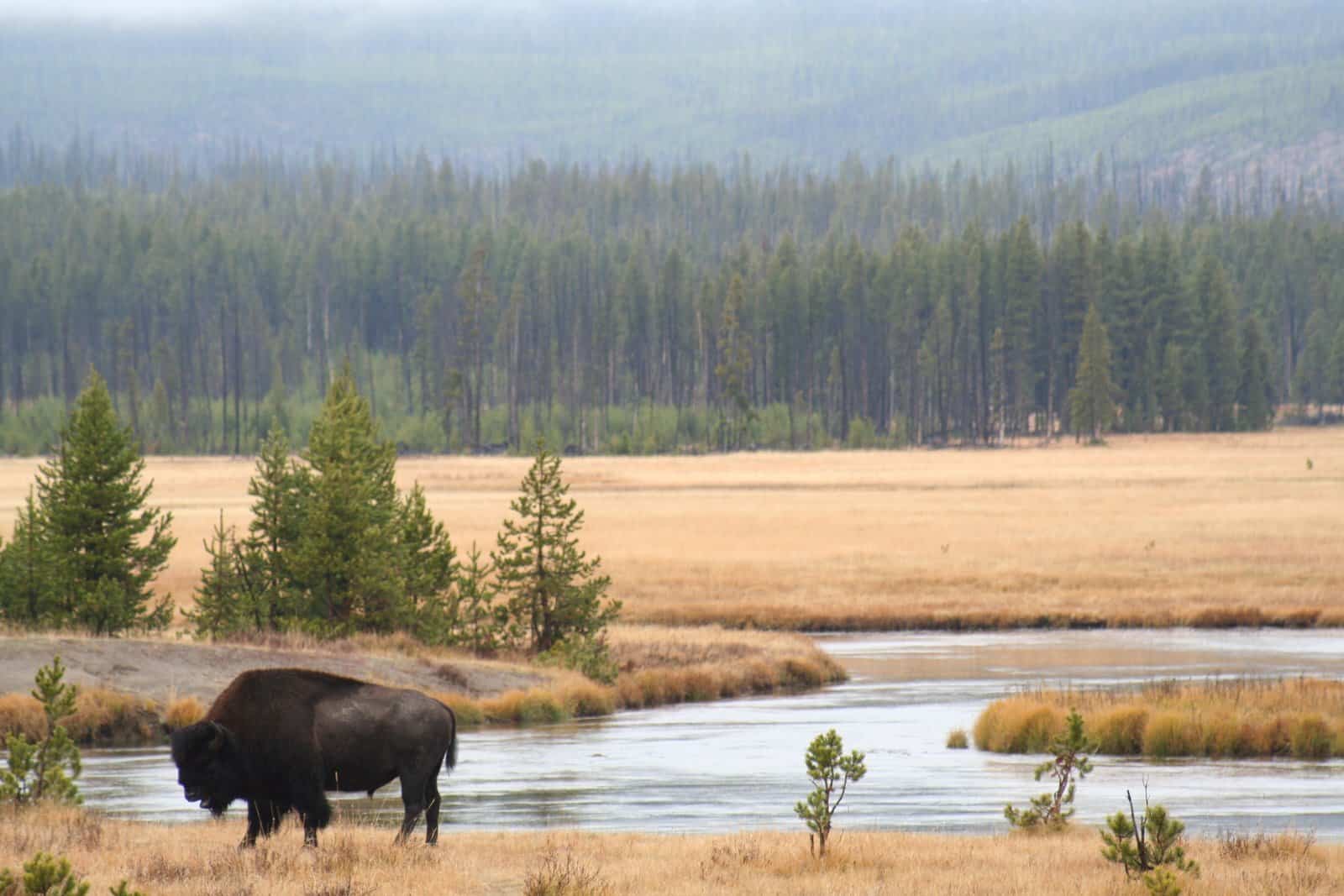Share this article
Burmese pythons breeding in the Florida Keys
For the average person, finding a giant invasive snake might sound worse than finding a small one. But the opposite is true on Key Largo in Florida, where locals and researchers found three 18-inch-long Burmese pythons (Python bivittatus) this past August. The snakes were hatchlings, and their presence suggests that the invasive species — which measures about 12 feet in length when fully grown — is now breeding on the island.
Burmese pythons are native to Southeast Asia, but they have a thriving population in mainland Florida, presumably descended from pets that escaped or were released. The snakes are generally harmless to humans, but they prey on many sensitive native species. Experts aren’t sure how many live in Florida, as the well-camouflaged animals are difficult to locate and study.
“I can let a 10- or 12-foot python go in the grass and it will disappear in front of your eyes,” said Bryan Falk, a research ecologist with the U.S. Geological Survey who studies invasive species in the Everglades. “It’s something that people have a hard time understanding until they see it.”
Adult pythons have been spotted on Key Largo and other nearby islands in the past, but this is the first evidence that they are breeding in the Keys. If the snakes’ population increases on Key Largo, it could threaten two endangered rodents: the Key Largo cotton mouse (Peromyscus gossypinus allapaticola) and the Key Largo woodrat (Neotoma floridana smalli). Researchers have already found Key Largo woodrats in a python’s gut, says Falk.
Falk hopes that the stretches of ocean between the islands will slow the pythons’ spread. But pythons can swim, which is probably how they got to Key Largo in the first place. Researchers and managers are developing ways to combat the invasion, but so far, none of their strategies are likely to prevent the snakes from spreading and multiplying.
“We’ve not yet been able to eradicate them from even limited areas in mainland Florida,” he said. “There’s no control tool that we can apply that will reduce their population at a landscape level.”
Header Image: A hatchling Burmese python crawls across a table after being discovered on Key Largo this past August. ©Jeremy Dixon, USFWS








